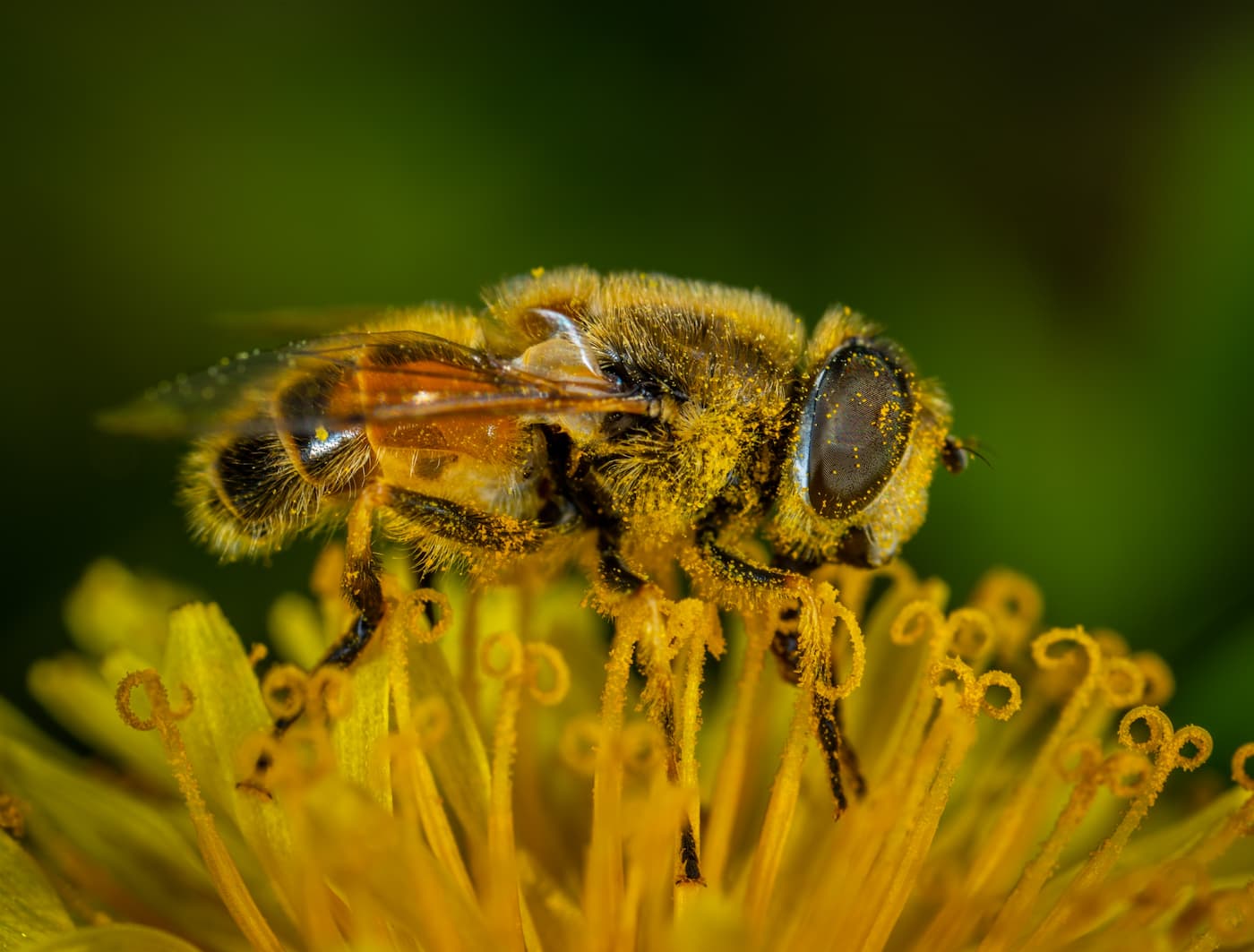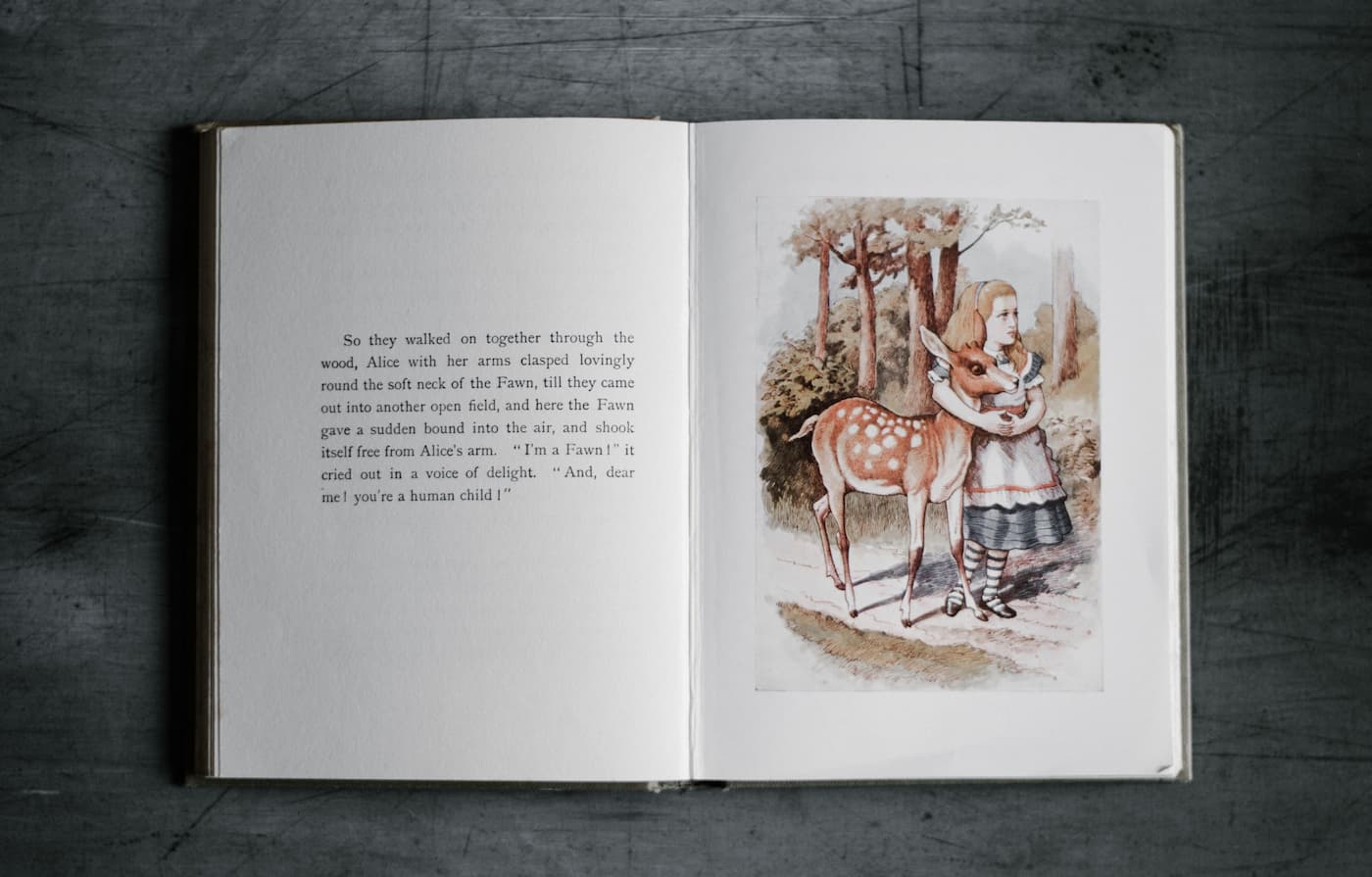Against Idleness and Mischief & How Doth the Little Crocodile
This chapter is divided into 3 parts.
- Summary and analysis of the poem Against Idleness and Mischief by Isaac Watts.
- Summary and analysis of the poem How Doth the Little Crocodile by Lewis Carol.
- What is a “parody”?
Meet the Poet
- Isaac Watts is an English Hymnwriter in the seventeenth century.
- Born: 17 July 1674
- Place of Birth: London
- Died: 25 November 1748
- Best Known For: Watts is known for his hymns. The famous ones are “Joy to the World” and “When I Survey the wondrous Cross”.

Share Options
Summary of the Poem - Against Idleness and Mischief
In this poem the poet is amazed at the skills of the bees. He finds them to be improving each hour by gathering honey from all the open flowers in the garden. He describes the bee as a ‘busy bee’, it is an indication of the work it does even though they are tiny in size. They work all day by collecting honey from the flowers.
The poet is wondering about the skills possessed by these tiny bees. They are skillfully building their cells. He is amazed to see how wonderfully she arranges her wax in the beehive. They are described as ‘laborers’ who work hard to keep their food in place by the poet.
And labours hard to store it well
With the sweet food she makes.
In short this poem explains the hard work the bees put into creating their beehive. It glorifies their act and indirectly asks us to get inspired from their dedication. As the title of the poem suggests through the poem the poet is asking the readers to come out of their idleness and mischief. He wants the readers to be influenced and inspired by the bees and their commitment to their work.
Meet the Poet
- Lewis Carroll is an English writer from the nineteenth century.
- Born: January 27, 1832
- Place of Birth: Daresbury, United Kingdom
- Died: 14 January 1898
- Carroll is known for his children’s fiction such as Alice in Wonderland , Through the Looking Glass & Jabberwocky

Share Options
Summary of the Poem - How Does the Little Crocodile
This poem is taken from the book Alice in Wonderland. This is a parody of the poem “Against Idleness and Mischief “ by Isaac Watt. The poem encaptures the life and activities of a crocodile. Unlike in the poem by Watt here the main subject is a ‘crocodile’.
The use of the word ‘doth’ in the first stanza is a deliberate attempt in copying the exact style from the original poem to bring in the comic effect. The poet uses the same tone as used by Watt in the original poem. He also seems to be amazed by the activities of the crocodile but here the crocodile is not doing anything fruitful.
The crocodile seems to be pouring the waters of the Nile, a river, on his golden scale. It also smiles wide and spreads its claws. The crocodile smiles at the small fishes that come its way. The activities done by the crocodile is completely different from the work done by the bees. While the bee’s work produced a fruitful end result, the activities of the crocodile is not creating anything new. These are just common mundane things done by the crocodile, but the poet tries to glorify it since it is a humorous take on the original poem.
And welcomes little fishes in
With gently smiling jaws!
The last act of opening the jaws is also an indication of crocodiles eating up the small fishes. It is not a peaceful smile but a smile of the predator. While the bees were building a home and arranging the wax in the right manner, here the crocodile is eating the small fishes. While the bees tried to work hard to find their food, the crocodile only poured some water on its scale to feed itself.
In these ways Lewis Carroll is trying to bring in the parallels to the original poem and make fun of the structure. The mundane and ordinary activities paralleling the hard work and skill brings in the humor element in the parody.
Section 3 - What is a ‘parody’?
Parody is the imitation of an original work!
In literature parody is the imitation of the style, manner, tone of the original work. Usually a parody is intended to bring in a negative effect.
Above and Beyond the Text
If you enjoyed these two poems you will definitely love these recommendations.
Poetry of Nissim Ezekiel
Nissim Ezekiel is known for his brilliant poetry. He is a Jewish Indian poet. Try reading his works from the collection of poetry.
Selected Poems of Kamala Das
Kamala Das is another major Indian poet. Check out her works to understand the depth of life and love.
Share Options
Get Personalized Tuitions
We offer premium education on a personalized level. Online tuition for all grades, tailor-made!

Against Idleness and Mischief & How Doth the Little Crocodile Questions and Answers
Below are a few questions that you can look out for your examinations and class tests. Stand out with perfectly written answers with help of Aneetta Class.
The poet admires the ‘busy’ and ‘silent’ nature of the bees. They are always focused on their task and craft their hive. They are ‘skillful’ according to the poet.
The parody by Lewis Carroll is extremely effective. Carroll uses the same style in the parody. He wonderfully expresses the mundane things done by the crocodile paralleling the effective works by the bees.
Words such as ‘little’, ‘cheerful’, ‘grin’, ‘smiling jaws’ and ‘shining tails’ express the wild animal in a likable manner.